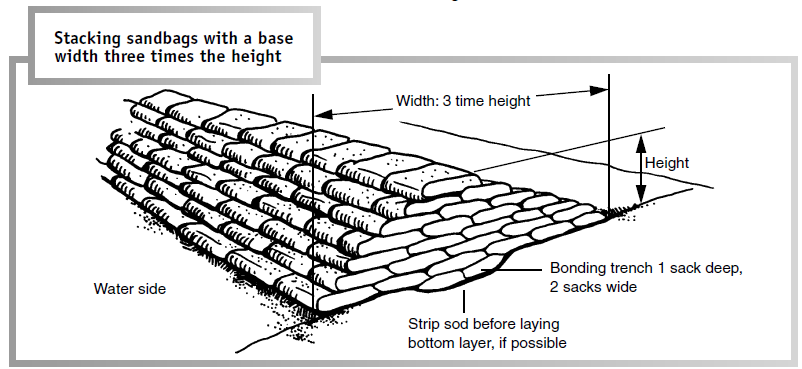Boussinesq Equation
Tags | |
UUID | 6d0a15f9-1159-11e4-b7aa-bc764e2038f2 |
The Boussinesq Equation for Stress on a Wall calculator computes the stress on a wall based on a load on the ground surface and the relative location of that stress to the point in the wall.
INSTRUCTIONS: Choose units and enter the following:
- (P) Concentrated load
- (r ) Horizontal distance from the point of loading to the location on the wall where the additional pressure will be resolved
- (x) Shortest distance from the point of loading to the wall
- (z) Vertical distance from the point of loading to the location on the wall where the additional pressure will be resolved
Wall Stress (ΔP0): The calculator returns the wall stress in pascals. However this can be automatically converted to compatible units via the pull-down menu.
The Math / Science
Boussinesq Equation computes the additional stress on a simple retaining wall caused by a concentrated load on the ground surface. As shown in the picture, the load, P, at the surface is transmitted as additional stress on the wall. The formula for the Boussinesq equation is:
ΔP0= 3⋅P⋅x2⋅zπ⋅ (r2+z2)52
where:
- ΔP0 - Boussinesq equation value for the stress on a wall
- P - Concentrated load measured in units of force (Newtons, Pounds)
- r - Horizontal distance from the point of loading to the location on the wall where the additional pressure will be resolved
- x - Shortest distance from the point of loading to the wall
- z - Vertical distance from the point of loading to the location on the wall where the additional pressure will be resolved
author: Anastase
Notes
This model is based on numerous simplifying assumptions, including from Rankine Theory that there is no cohesion between the wall and the soil, the wall is vertical, and the soil is in a state of plastic equilibrium. The soil mechanics reflect that the shearing resistance is primarily due to friction between and the interlocking nature of the particles that comprise the soil.
A Retention Wall is a vertical or diagonal wall structure used to retain soil or water at an elevated height on one side of the wall, keeping it above the natural level that the soil or water would achieve. Retention walls are used to create relatively flat areas such as roads or gardens that are cut into a hillside. Retention walls are also used as levees to keep water out of an area. The soil and moisture on one side of the wall exerts pressure (stress) on the wall. This is why the materials used must be appropriate for the application in both density and porosity.

Retention Wall Calculator Functions
Collections
- Comments
- Attachments
- Stats
No comments |

